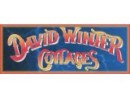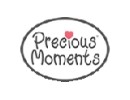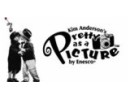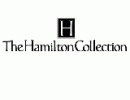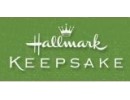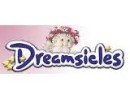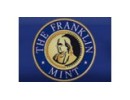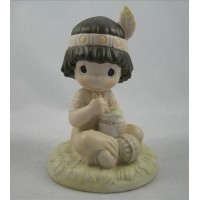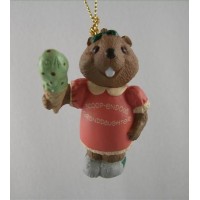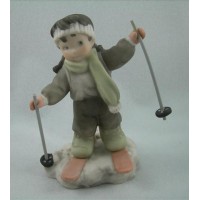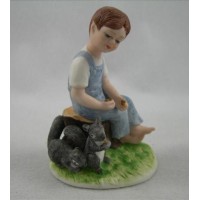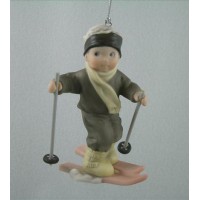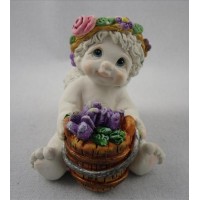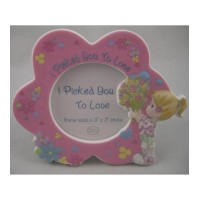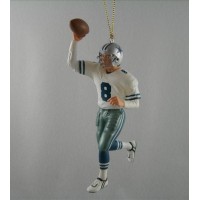Recent Additions
Lord Keep me in Teepee Top Shape
This Precious Moments figurine depicts a Native American Indian boy eating spinach. It was a 1991 sp..
Granddaughter Ornament 1994
This Hallmark ornament depicts a beaver holding an ice cream cone and wearing a salmon-colored dress..
You're My Winters Joy Ornament
This Pretty as a Picture ornament depicts a young boy skiing and looking a little unstable on his sk..
McClellands: John
This figurine from Reco is part of The McClellands collection, designed by John McClelland. ..
I'm On My Way To You Ornament
This Pretty as a Picture hanging ornament depicts a boy skiing. Introduced in 1998, this Christma..
Love Blooms
This Dreamsicles figurine features a cherub seated with a bucket of purple flowers. This figurine..
I Picked You to Love Photo Frame
This flower-shaped ceramic photo frame was issued by Precious Moments in 2004. It features a relief ..
Troy Aikman Ornament 1996
This Hallmark ornament is the second in the Football Legends series, produced under license from Cla..

